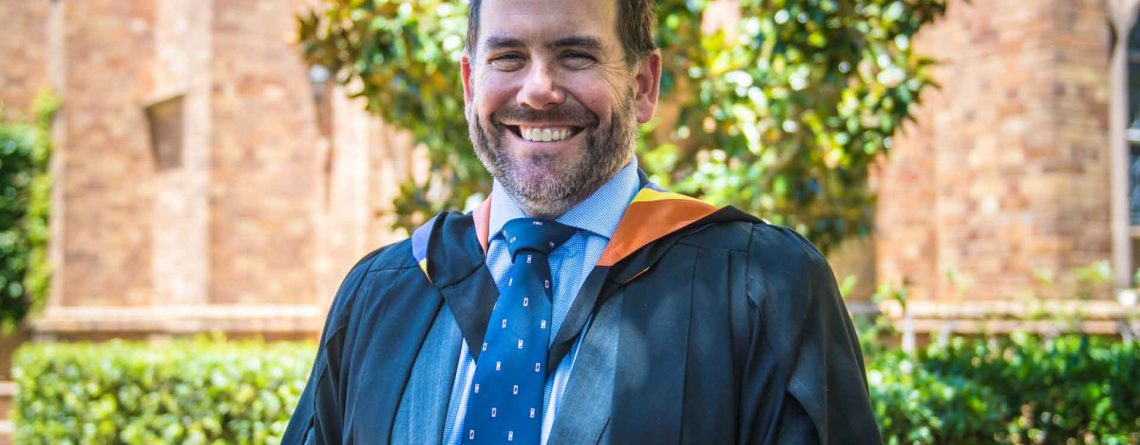From the Head Master
How do young people transition from adolescence to adulthood? What are the markers that indicate that they have done so? Is there an age when they should have transitioned?
These are ongoing questions for me both personally and professionally, being both a father and the leader of a School that tries to prepare boys to make the transition from adolescence to adulthood. There is no shortage of media and public commentary that raises questions about whether our young people are having an extended adolescence, whether they are ‘failing to launch’, and the like.
During the week I had the opportunity to attend a lecture by Professor Nancy Hill, the Charles Bigelow Professor of Education at the Harvard Graduate School of Education in which she addressed these and other questions.
Professor Hill suggested that, if most people were asked to define adulthood as compared to adolescence, the key concept is that of ‘responsibility’. Adulthood is when you have to take responsibility for things. Recognising that taking responsibility is more of a continuum than a binary either/or, she proposed five life markers associated with the transition to adulthood. These were:
- Finishing education
- Finding a job
- Leaving home
- Finding a life partner
- Becoming a parent
However, she challenged the perception that there is a ‘right pathway’ by which one should move through these markers, or that there is a ‘right timing’ by which these things should happen. Her observation is that, if we have a prior conception of what ‘should’ happen, it positions us to be judgemental or negative if that pattern is not followed.
Professor Hill’s research is fascinating. She acknowledges that the average age by which young people complete the various life markers mentioned above is becoming later and later. Compared to the 1950s, our students are finishing education later, entering the labour market later, leaving home later, getting married later and becoming parents later. All of which would seem to suggest an extended adolescence.
However, in looking back a further five decades to the start of the twentieth century, she observes that the age at which young people reached these milestones is much more closely aligned to today’s data. That is to say, one hundred years ago, the milestones were reached at around the same average ages that they are now. Her conclusion is that our societies are active agents in the transition to adulthood, not just passive contexts. The increasing age by which milestones are passed does not necessarily reflect personal immaturity or selfish shirking of responsibilities. Rather, it flags that there is a complex interweaving of societal factors that shape the experience and trajectories of individuals; it is not simply a matter of individual decisions.
So, what does it all mean? With reference to each individual child who is moving from school into the next chapter, we would do well not to fret unnecessarily that they are not moving through the markers of adulthood as neatly or swiftly as we might like. Professor Hill suggested that some of our memories of our own progressions at that age may be more rose-tinted than realistic. Adulthood will come!
However, with reference to the wider issue of the relationship between education and the transition from adolescence to adulthood, it is worth noting that in the 1950s, the education system was fit for purpose. It was possible to graduate from high school and move into a job, having been prepared for it. This is evidently no longer the case. Education needs to be reimagined so that it enables our young people to take their part in the world as adults.
In future Bulletins, I will explore Hill’s lecture further, including the influence of meritocracy, facing unanticipated circumstances, the impact of hope theory as a key motivator, and what an internalised faith can offer.
Detur gloria soli Deo
Tim Bowden | Head Master















